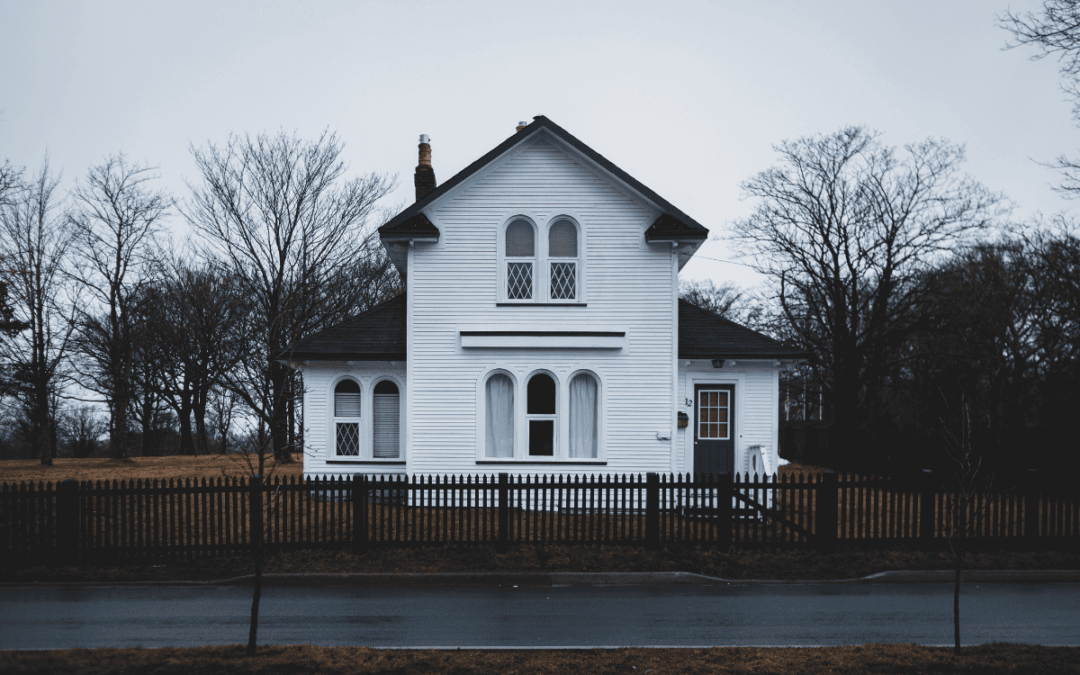If you’ve been scrolling through Maryland real estate listings and find yourself drawn to those charming brick colonials or cozy Cape Cod-style homes, you’re not alone. Older homes have a special kind of warmth — and often, a story to tell.
But before you fall in love with the character, you’ll want to look closely at what’s behind the walls, under the floors, and above the ceilings. This guide walks you through why people buy older homes, how old Maryland homes typically are, what to inspect before buying, and how to make a smart long-term investment.
How Old Is an “Older Home” in Maryland?
Maryland’s housing market is rich with history. Many homes date back to the 1950s–1980s, with the average Maryland home built around 1981.
That means when you’re house hunting, you’ll often find properties that are 40 years old or more — and in some cases, even over a century old in areas like Baltimore, Frederick, or Annapolis.
Older homes tend to have:
-
Solid construction and real wood materials
-
Mature neighborhoods with established infrastructure
-
More character and larger lots than many new builds
But with that charm can come age-related wear — so it’s essential to know what to expect.
Why People Love Buying Older Homes
There’s a reason why Maryland homebuyers often choose older properties, even when new construction is available.
- Unique Character – You’ll find details like crown molding, original hardwood floors, or brick fireplaces that new homes just don’t replicate.
- Better Locations – Many older homes sit in walkable, central neighborhoods close to schools, parks, and restaurants.
- Stronger Construction – Older homes were often built with long-lasting materials like solid wood framing and masonry.
- Opportunity for Equity – With smart renovations, you can increase your home’s value and customize it to your taste.
For some buyers, owning an older home isn’t just about shelter — it’s about preserving history and craftsmanship that tells a story.
Price Range & Affordability
As of 2025, the median home price in Maryland sits around $425,000–$450,000, but older homes vary widely:
| Type of Home | Price Range | Condition |
|---|---|---|
| Fixer-Upper (Needs Work) | $250,000 – $350,000 | May require updates or major repairs |
| Move-In Ready (Well-Maintained) | $400,000 – $600,000 | Updated systems, newer roof, modern kitchen |
| Historic or Renovated | $700,000+ | Fully restored, premium finishes |
While older homes can seem more affordable upfront, remember to budget for repairs — roofing, HVAC, plumbing, or electrical upgrades are common within the first few years.
Home Inspection: What to Look Out For
Buying an older home in Maryland means paying close attention to the details that time often reveals.
A professional home inspection helps uncover hidden issues and gives you a clear picture of what repairs or upgrades may be needed before closing.
Here are the key areas to review carefully:
-
Foundation & Structure: Look for cracks, uneven floors, sticking doors, or moisture in the basement — all signs of potential settling.
-
Roof Age: Roofs over 20 years old often need replacement soon; ask about material type and maintenance history.
-
Plumbing System: Check for outdated galvanized or lead pipes, which are common in pre-1970s homes and may impact water quality.
-
Electrical Wiring: Knob-and-tube or aluminum wiring may not meet current safety codes or support modern electrical loads.
-
HVAC & Insulation: Older systems are less efficient — upgrading can lower energy costs and improve comfort.
-
Windows & Doors: Drafts or leaks indicate poor sealing and energy loss; modern replacements can help reduce heating and cooling bills.
-
Environmental Safety: Homes built before 1978 could contain lead paint or asbestos — request proper testing and abatement if needed.
-
Historic Restrictions: If the property sits in a designated historic district, check for renovation rules that may limit exterior changes.
Why It’s Still Worth It
Buying an older home in Maryland isn’t just a transaction — it’s a connection to the past. You’re buying character, craftsmanship, and community. With the right care, these homes can outlast modern builds and appreciate in value over time.
Yes, you might spend a little more on maintenance, but you’ll gain something you can’t put a price on — a home with soul.

